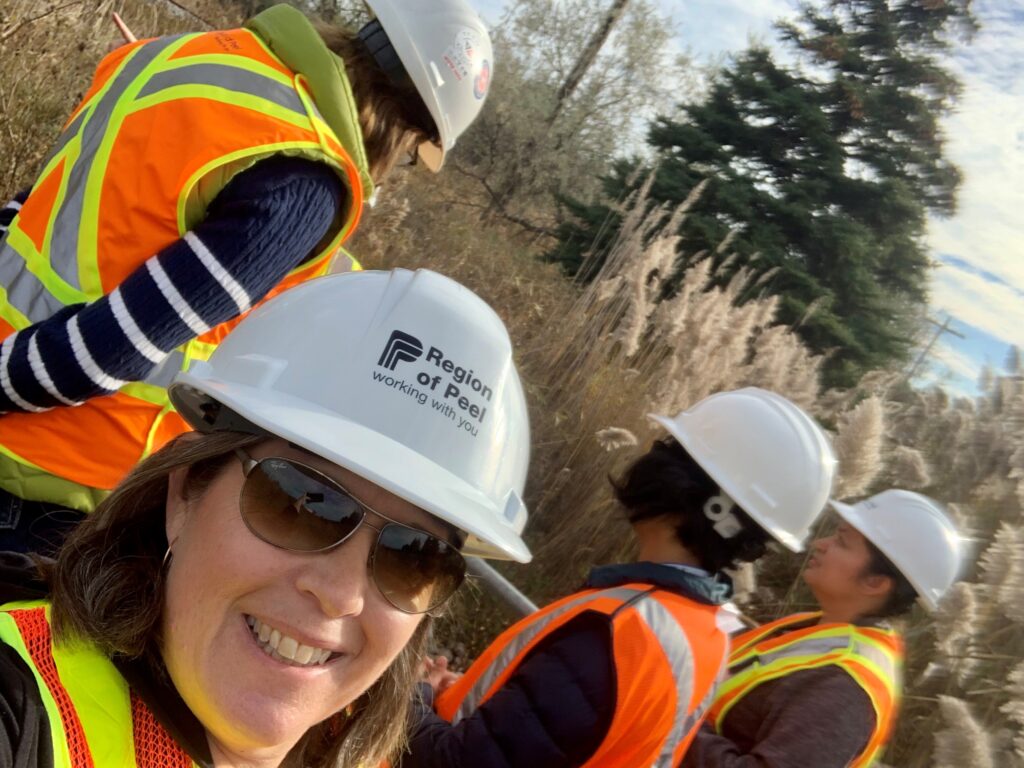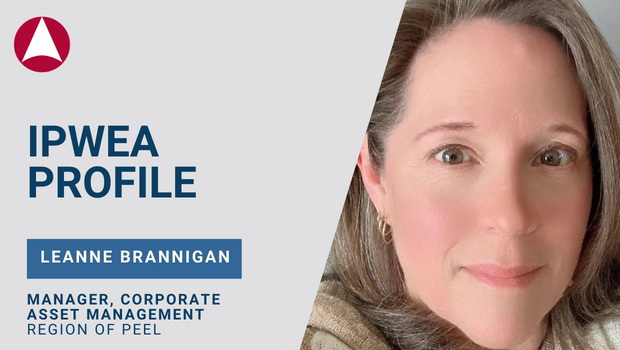Leanne Brannigan is passionate about asset management and says she loves talking about the work she does for the Region of Peel, a local government area which is part of the Greater Toronto Area in Canada.
A big reason for her enthusiasm is the unique approach Peel, which serves a population of around 1.5 million people, is taking to managing its A$36 billion in assets spanning social housing to garbage and recycling and water.
Peel began a journey back in 2007 to take a different approach, embedding asset management into the long term financial planning strategy with levels of service approved by the Council.
Brannigan says the journey started with some “very forward looking senior management” and frustration with the process of “looking backwards at depreciated value.”
Taking the asset management approach required the breaking down of internal silos and a combined input from the engineering, operations and maintenance, information technology and finance divisions to create a common way of evaluating the performance of the assets, and using that as the basis of budgeting.

“This means our services are in alignment with service level criteria, and they don’t have individual business cases,” says Brannigan, the Manager of Corporate Asset Management at Peel.
“It means that projects don’t get approved or funded on the basis of who can argue the best, because it takes it all down to actual service delivery.
“That also means we are providing a consistent level of service without a level of political influence from a councillor who says ‘I want some money in my ward over here.’”
The approach, says Brannigan, gives asset management a greater lens of “equity and equality” and makes sure council provides money “for what needs to be taken care of before you start looking at any ribbon cutting.”
“Previously, any project would have been taken forward as part of the capital budget and the Council would look at projects, and they would pick and choose,” she says.
“They would also take advice from staff but even staff would have infighting on which project was better.
“But now we are able to compare a road with a water main with a long term care facility or social housing, as opposed to what we had in the past where things could be very media driven and reactive.”
Embedding the asset management and rating its performance to a common criteria is helped along with increasingly sophisticated automation tools.
Previously, capital planning was a lengthy process which looked at around assets separately, often the problem ones.. Now, Peel has a process of looking at every single asset, in the linear network this means more than 4,700km of pipe, , with the click of a button.
“We have a methodology, which we do internally every year, and we collect data and measure it against the service targets that are set,” says Brannigan.
“You start to accumulate risk when you see the assets are not meeting those targets, but we now know what the failure point is for these assets.
“We measure them on the continuum of their target and we have an automatic metric which connects the level of service with the risks so we can understand them from a risk perspective. So we do the risk framework first, and then we measure the level of service against it.”
While Brannigan’s team sits under the Chief Financial Officer, her background is in economics and psychology.
“It means that I’m a facilitator,” she says.
“I bring people together to figure out the best way to do things, and this is very logical and straightforward.
“I’ve hired a few people from the industry and they come in and at first they are like ‘oh why are we doing it this way’ and then once they see the outcomes and result, and the impact, we make, they never go back.’

While Brannigan’s background was not initially in asset management, she says that she’s “found my thing” in asset management.
“Once I found asset management I decided I never wanted to do anything else, so I went through the IAM diploma program and I’ve been here 13 years now,” she says.
In addition to her role at Peel, Brannigan is also chair of the Canadian Network of Asset Managers and the founder of Asset Management Ontario in her home province.
At the Federation of Canadian Municipalities she is on the Municipal Asset Management Technical Working group.
“I’m passionate about the value we as asset managers can give back,” says Brannigan.
“It’s my analytical brain and my soft side coming together to ensure we are doing the right stuff for the people in our community.”














